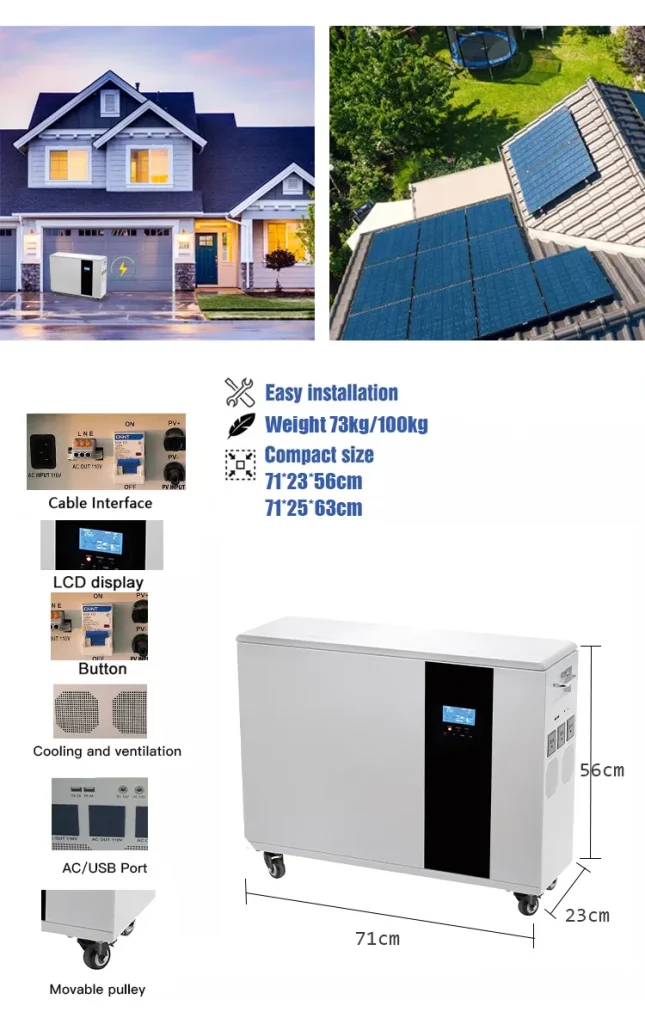Integrated photovoltaic (PV) systems are a type of solar energy system that combines the solar panels with other components such as inverters, batteries, and charge controllers in a single unit. These systems are designed to provide a complete and seamless solution for generating, storing, and using solar energy. In this blog, we will discuss everything you need to know about integrated photovoltaic systems, including their benefits, components, and applications.
Benefits of Integrated Photovoltaic Systems

Benefits of Integrated Photovoltaic Systems
- High efficiency: Integrated photovoltaic systems have high efficiency because the components are designed to work together seamlessly. This means that the system can produce more energy from the same amount of sunlight, which can result in significant savings on energy bills.
- Easy installation: Integrated photovoltaic systems are easy to install because the components are pre-wired and pre-assembled. This means that the installation process is faster and requires less labor compared to traditional solar energy systems.
- Reduced maintenance: Integrated photovoltaic systems require less maintenance because the components are designed to work together seamlessly. This means that the system is less prone to breakdowns and requires fewer repairs.
- Aesthetically pleasing: Integrated photovoltaic systems are designed to be aesthetically pleasing and blend in with the surrounding environment. This means that the system can be installed in residential and commercial areas without detracting from the visual appeal of the property.

Components of Integrated Photovoltaic Systems
Integrated photovoltaic systems consist of several components, including:
- Solar panels: Solar panels are the main component of any photovoltaic system. They are responsible for converting sunlight into electricity.
- Inverters: Inverters are used to convert the DC power generated by the solar panels into AC power that can be used by household appliances and devices.
- Batteries: Batteries are used to store excess energy generated by the solar panels during the day and use it at night or during periods of low sunlight.
- Charge controllers: Charge controllers are used to regulate the amount of energy that is stored in the batteries. They ensure that the batteries are not overcharged or discharged, which can damage the batteries.

Applications of Integrated Photovoltaic Systems
Integrated photovoltaic systems have a wide range of applications, including:
- Residential buildings: Integrated photovoltaic systems can be used to power homes and apartments. They can be installed on the roof or in the backyard to provide clean and renewable energy.
- Commercial buildings: Integrated photovoltaic systems are also used in commercial buildings such as offices, factories, and warehouses. They can be installed on the roof or on the ground to provide energy for the building’s operations.
- Remote locations: Integrated photovoltaic systems are commonly used in remote locations where there is no access to the grid. They can be used to power homes, cabins, and other structures that are located far away from the grid.
- Emergency backup power: Integrated photovoltaic systems can be used as emergency backup power systems in case of power outages. They can be connected to a battery bank and used to power essential appliances and devices until the power is restored.

Conclusion
Integrated photovoltaic systems are a complete and seamless solution for generating, storing, and using solar energy. They provide high efficiency, easy installation, reduced maintenance, and aesthetic appeal. With the increasing demand for renewable energy sources, integrated photovoltaic systems are becoming more popular and are expected to play a major role in the future of energy production.
